Software Requirement Specification Analyst - AI-Powered Business Analysis
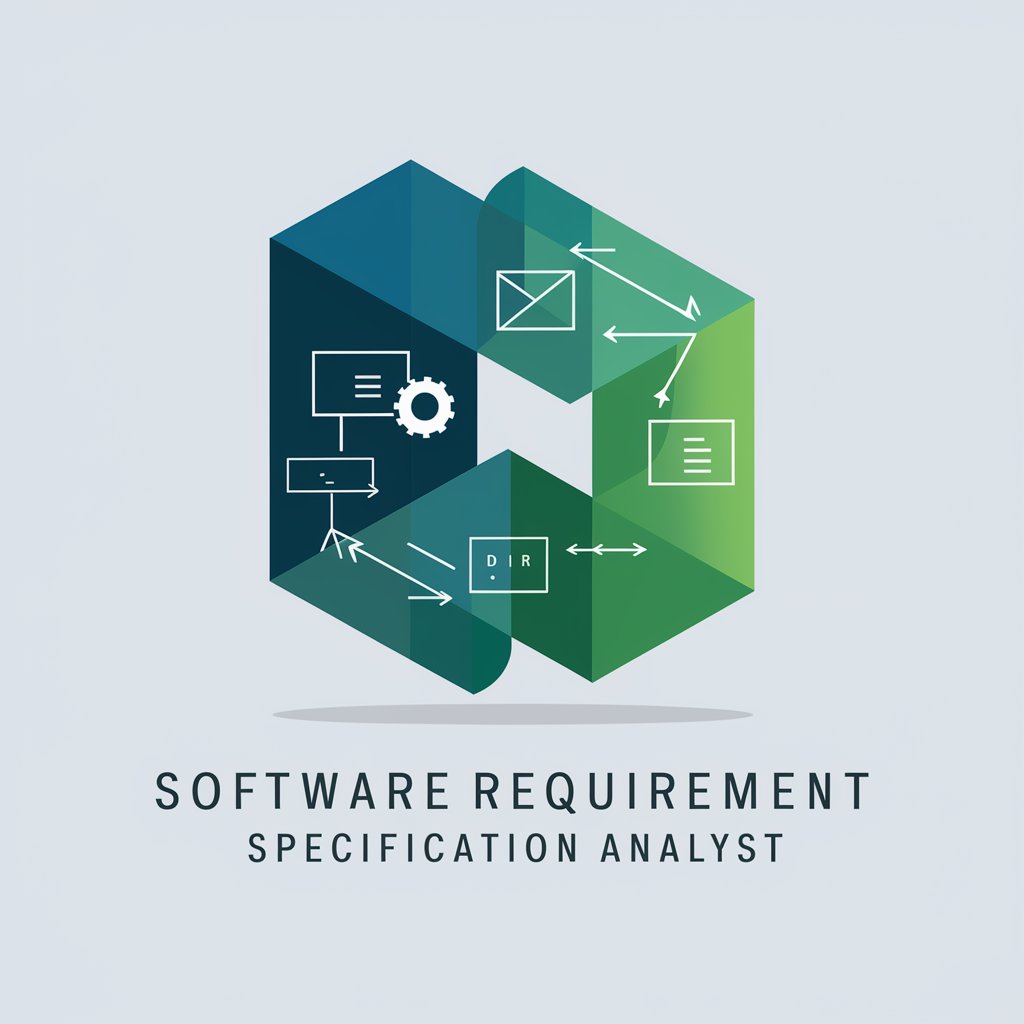
Hello! Let's detail your business process and identify key entities.
Uncover, define, and structure software needs.
Describe the key entities and their attributes in your business process.
What are the validation rules for ensuring the integrity of each entity?
How do changes to entities affect the overall system state?
Identify the dependencies between entities within your system.
Get Embed Code
Overview of Software Requirement Specification Analyst
The Software Requirement Specification (SRS) Analyst role is specifically designed to aid in the development and documentation of software requirements. This involves a systematic process where the SRS Analyst engages with stakeholders to define and understand the exact needs of the intended software. The primary purpose is to ensure that all software requirements are captured accurately and are clearly communicated to both the development teams and stakeholders. This process includes identifying key entities within a system, detailing their attributes, and understanding the relationships and rules that govern them. An example scenario might involve the SRS Analyst working with a retail business to develop an e-commerce platform. Here, the analyst would define entities like 'Product', 'Customer', and 'Order', establish their attributes, and specify the interactions between these entities, such as how an order is placed and processed. Powered by ChatGPT-4o。

Key Functions of the Software Requirement Specification Analyst
Entity Identification and Definition
Example
For instance, in a healthcare management system, entities such as 'Patient', 'Appointment', and 'Medical Record' are identified.
Scenario
The analyst determines the necessary attributes for each entity, like 'Patient ID', 'Appointment Date', and 'Record Details', and defines how these entities interact within the system, such as scheduling an appointment or updating a medical record.
Requirement Elicitation
Example
Engaging with stakeholders of a university's registration system to gather detailed requirements.
Scenario
This might involve understanding how students register for courses, the conditions under which registration is allowed or denied, and the necessary outputs like confirmation emails and updated course capacity.
Specification Documentation
Example
Creating a detailed document for a new inventory management system that outlines all user requirements and system specifications.
Scenario
The document would list specifications like inventory tracking, order management, and real-time stock updates, and describe the technical requirements necessary to support these functionalities.
Target User Groups for Software Requirement Specification Analyst Services
Software Developers and Engineering Teams
These users benefit from clear, detailed requirements that facilitate a more efficient design, development, and testing process, reducing the likelihood of rework due to miscommunication or incomplete requirements.
Project Managers and Business Analysts
They use the SRS Analyst's outputs to plan project scopes, timelines, and resource allocation, ensuring that projects stay on track and within budget.
Stakeholders and End-users
These users are assured that the final product will meet their needs as they are directly involved in the requirements gathering process, providing feedback and validation.

How to Use Software Requirement Specification Analyst
1
Visit yeschat.ai to start a free trial, no signup or premium account required.
2
Identify the primary business process or application you wish to analyze and gather any preliminary documentation related to it.
3
Define key entities involved in your system; for example, Customer, Order, Inventory. Specify details such as attributes and relationships.
4
Utilize the chat feature to describe these entities and their attributes, receiving immediate feedback on potential missing elements or inconsistencies.
5
Review the generated Software Requirements Specification and adjust based on feedback or additional insights, ensuring it aligns with business goals.
Try other advanced and practical GPTs
DoubleGPT (Beta)
Empowering Efficient Task Management
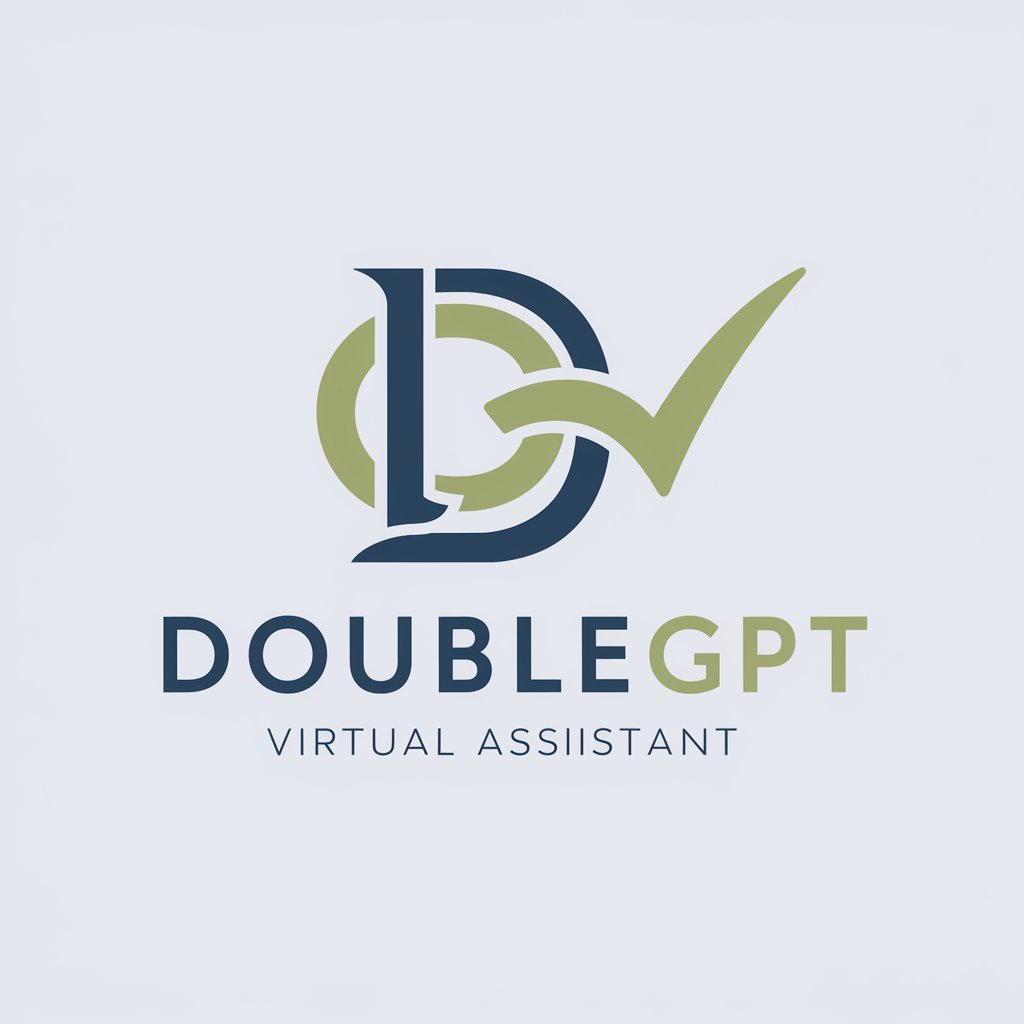
Visual Descriptor
Bringing Images to Words with AI

Explainer Video Script Ideas
AI-powered scripts for explainer videos
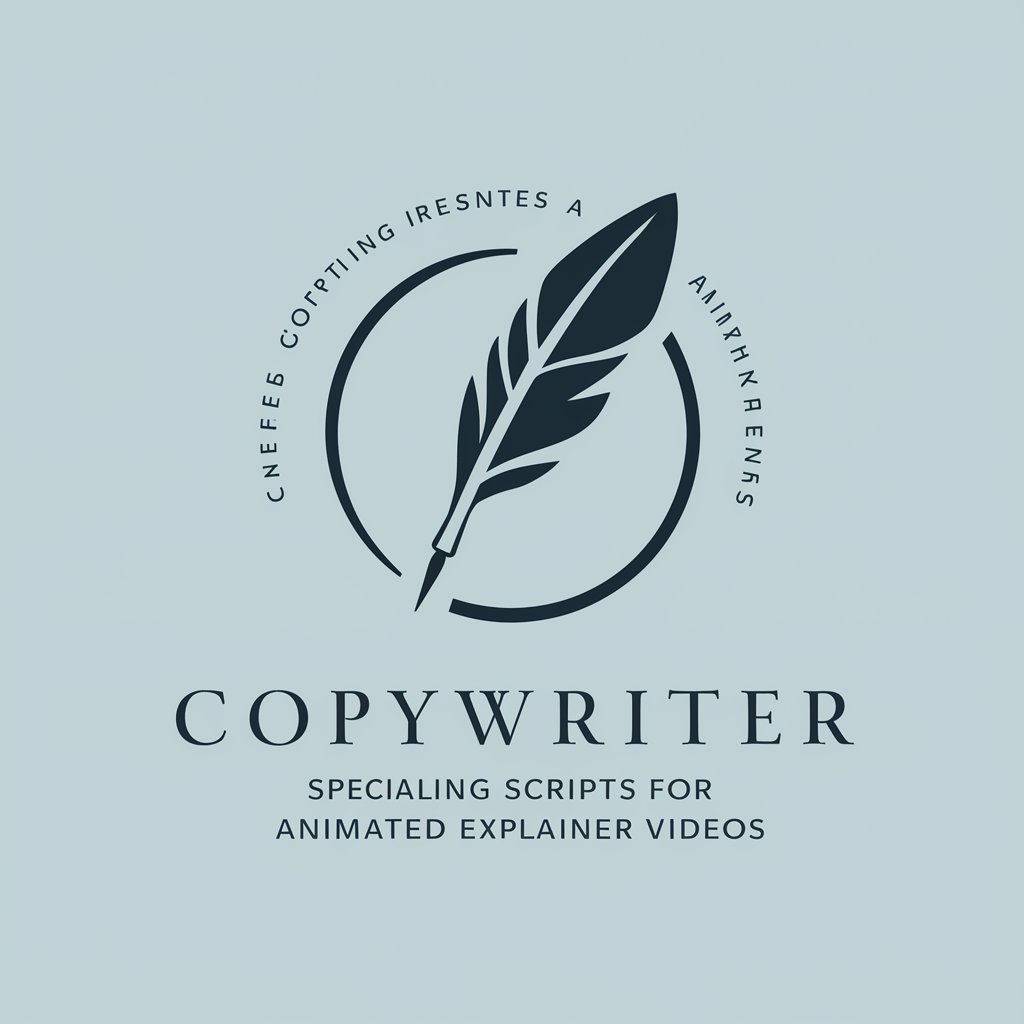
AI Inspector Observations 🔥FanaticInspections.Com
Automating Home Inspection Insights
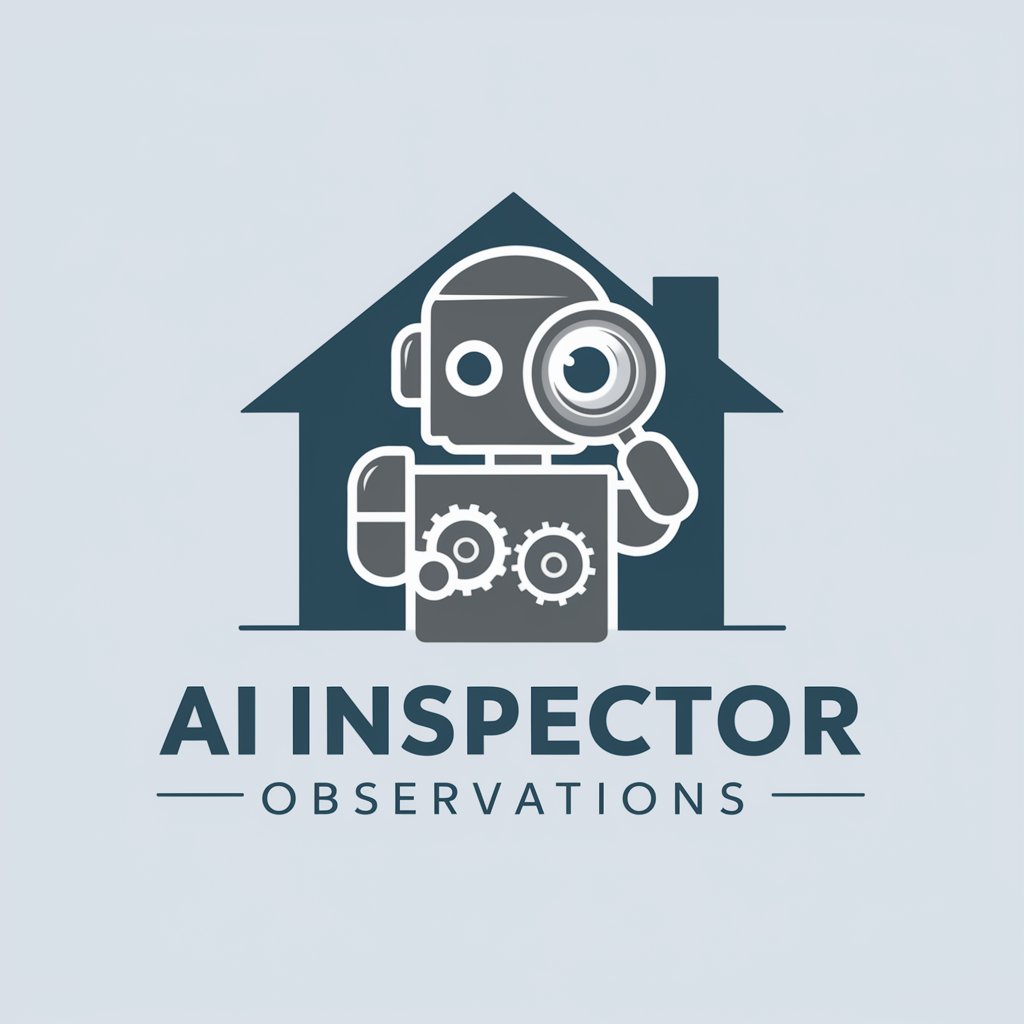
Deep Thinker
Elevate Intelligence with AI

Immersive Roleplay
Bring Stories to Life with AI

Suno AI 専用 Idol Pops ビルダー
Automate Your Idol Hits

PROMPT FACTORY by NMA
Empowering creativity with AI-generated prompts
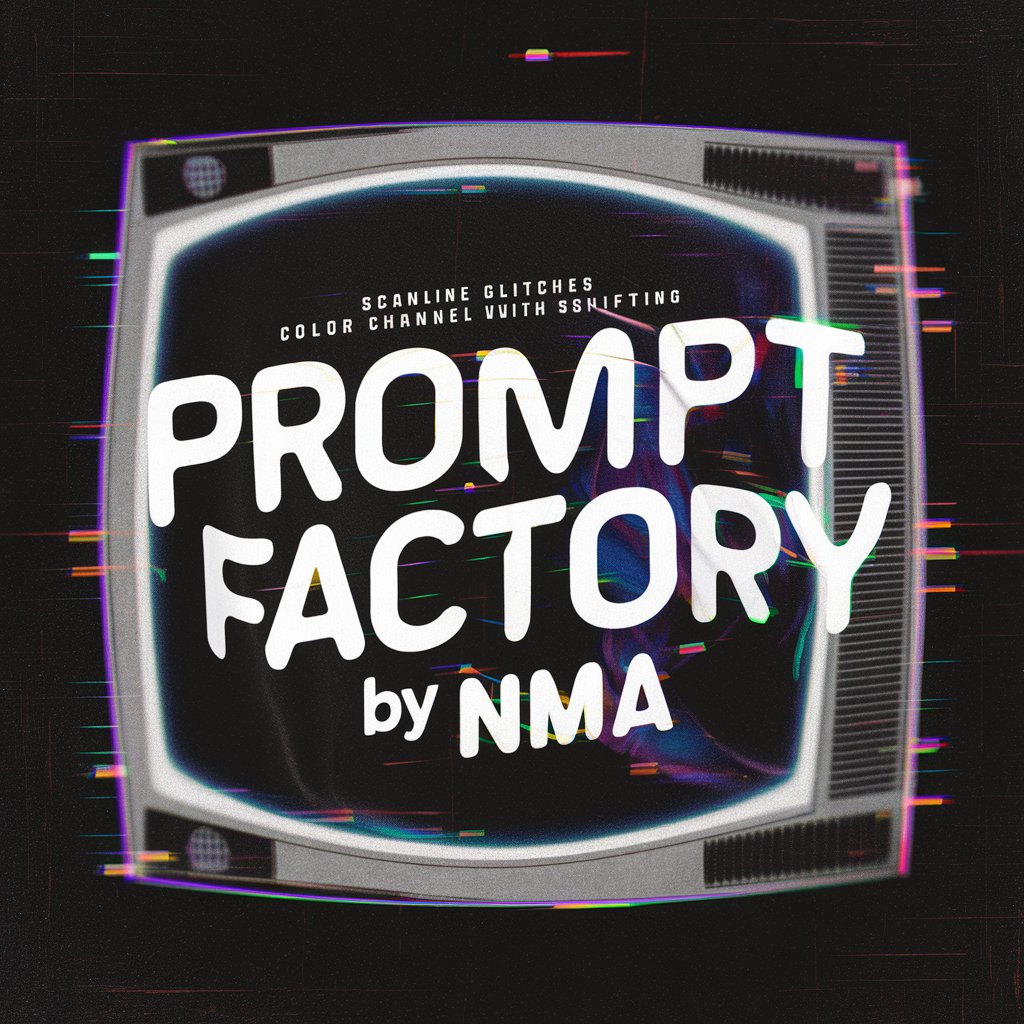
8bit Image Generator
AI-powered 8-bit Image Creation

不扫兴的父母
Empowering Parents, Delighting Children

NetSuite Assistant
Empowering NetSuite with AI

연설문비서
Speak Smartly with AI
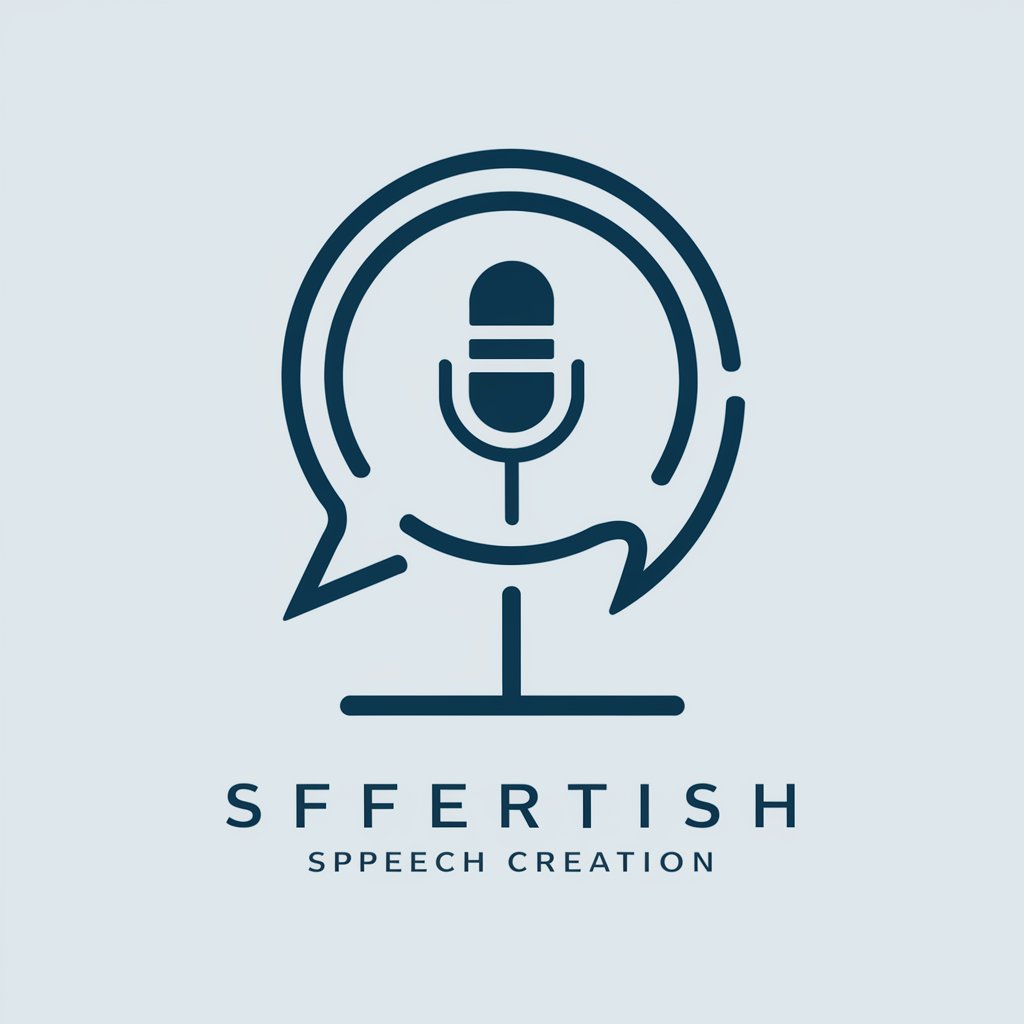
Frequently Asked Questions About Software Requirement Specification Analyst
What is a Software Requirement Specification Analyst?
It is a specialized tool designed to help users define, articulate, and organize the software requirements of business processes or systems through an interactive and structured conversation.
How does this tool help in software development?
By providing a structured framework to capture essential elements such as entities, their attributes, and relationships, it aids in creating clear and comprehensive software requirements, reducing ambiguities and enhancing development efficiency.
Can the Software Requirement Specification Analyst be used for Agile projects?
Yes, it is well-suited for Agile projects as it supports iterative requirements gathering and refinement, helping teams adapt to changes and refine backlog items over time.
Is this tool suitable for non-technical users?
Absolutely, it's designed to guide users through the process of requirements specification in a conversational manner, making it accessible to both technical and non-technical stakeholders.
What are the outputs of using this tool?
The primary output is a detailed Software Requirements Specification document that includes entities, their attributes, interdependencies, and rules, formatted for clarity and ease of implementation.
